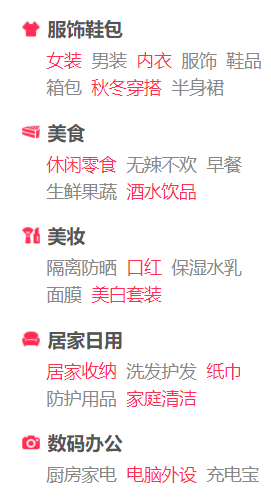推荐本站淘宝优惠价购买喜欢的宝贝:
https://knowledge.broadcom.com/external/article?legacyId=2150303
Configuring vSAN Unicast networking from the command line
Article ID: 326427
Updated On: 06-06-2024
Products
Issue/Introduction
This article provides step-by-step instructions on how to manually configure vSAN Unicast networking from esxcli.
Note: vSAN Unicast mode is a feature that was introduced in vSAN 6.6 (vSphere 6.5.0d)
Unicast replaced legacy multicast networking in order to simplify the network requirements of maintaining a vSAN cluster's Quorum.
Symptoms:
1. Occasionally when upgrading vSAN Clusters to vSphere 6.5.0d or later, one or more hosts may fail to inherit the Cluster Member Updates from vCenter.
2. In some cases, the list of vSAN nodes maintained by vCenter and the number of actual nodes may differ due to nodes being added or removed while vCenter was unavailable.
Environment
VMware vSAN 6.7.x
VMware vSAN 6.6.x
Resolution
You can use the following steps to manually rebuild the Unicast agent list on each host:
1. Identifying necessary vSAN Cluster information.
2. Building the vSAN Unicast agent list.
3. Last Steps.
1. Identify the VMkernel port used for vSAN, its IP address, and the node UUID on each host in the cluster.

Note: The IP address of vmk2 on this host is: 172.16.15.11
cmmds-tool whoami

2.2 Sometimes, there might be incorrect entries in a host's Unicast agent list such as:
An existing entry cannot be modified. It must be deleted and re-added.
2.2.1 Check the current unicast agent list with the following command

Note: In the output above, the unicast agent list was cleared out.
Using the 3 node example, each host will have 2 entries.
Example on host 1

Additional Information
If you find that you have completed your upgrade to vSAN 6.6 including the on-disk upgrade process and your hosts are still utilizing multicast for cluster communications, confirm that you do not have an orphaned/dead host information stuck in cmmds as this can prevent the conversion from occurring naturally.
VMware does not support reverting back to multicast mode after the vSAN 6.6 installation or upgrade has completed and unicast mode has been successfully configured.
Impact/Risks:
Network partitioning is a risk if the Unicast agent list is not properly rebuilt. In most situations, the vSAN cluster has already formed multiple partitions. The goal of rebuilding the table is to form one vSAN cluster.
Note: When building a Unicast agent list on an ESXi host, add entries for all the other hosts, but never add the IP of the host whose table is being configured.
When a vSAN Data Node or Witness Node has its own IP address in its Unicast agent list, many networking problems can arise and could lead to a PSOD.
本文链接:http://hqyman.cn/post/6886.html 非本站原创文章欢迎转载,原创文章需保留本站地址!
休息一下~~


